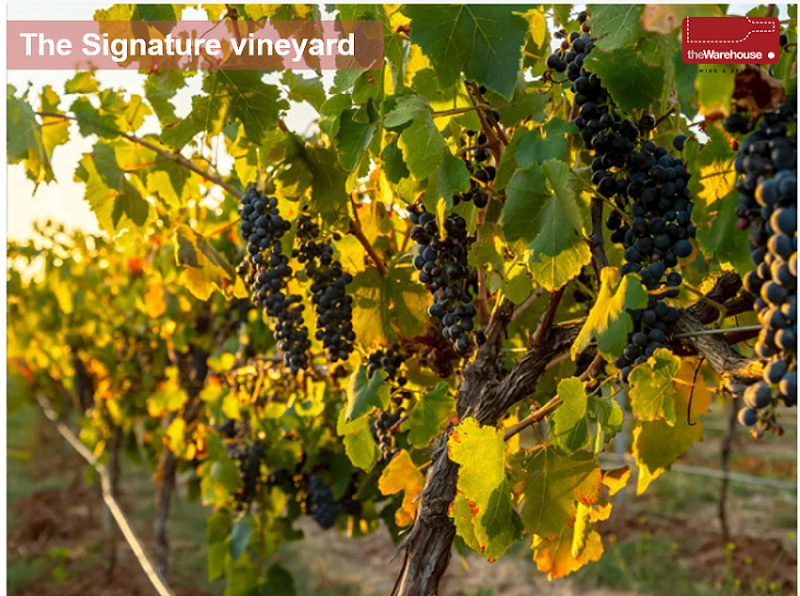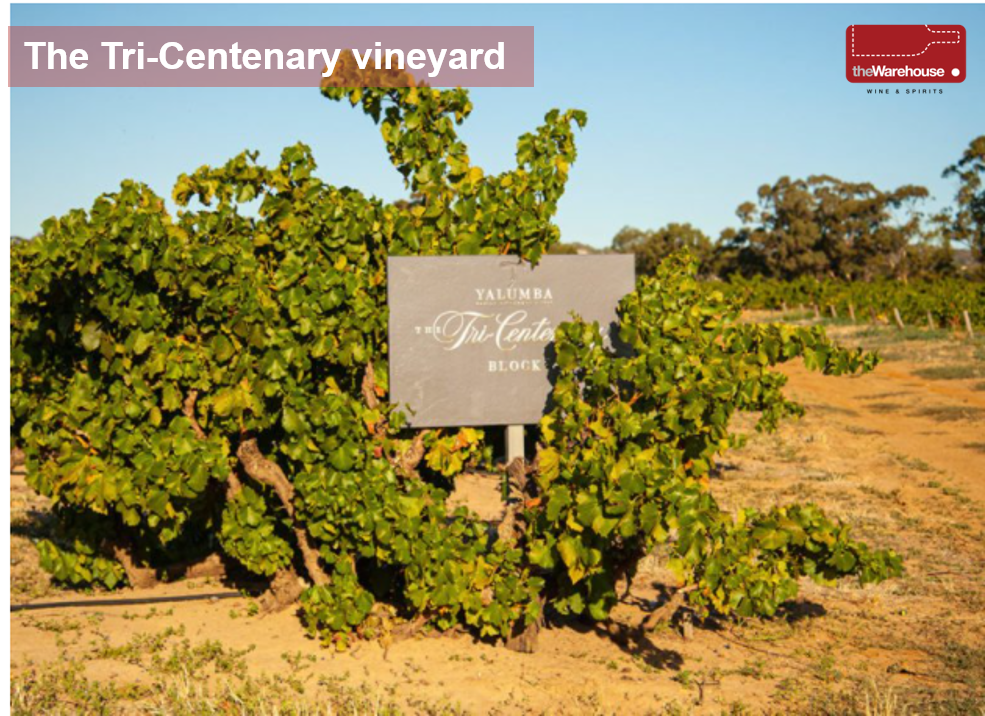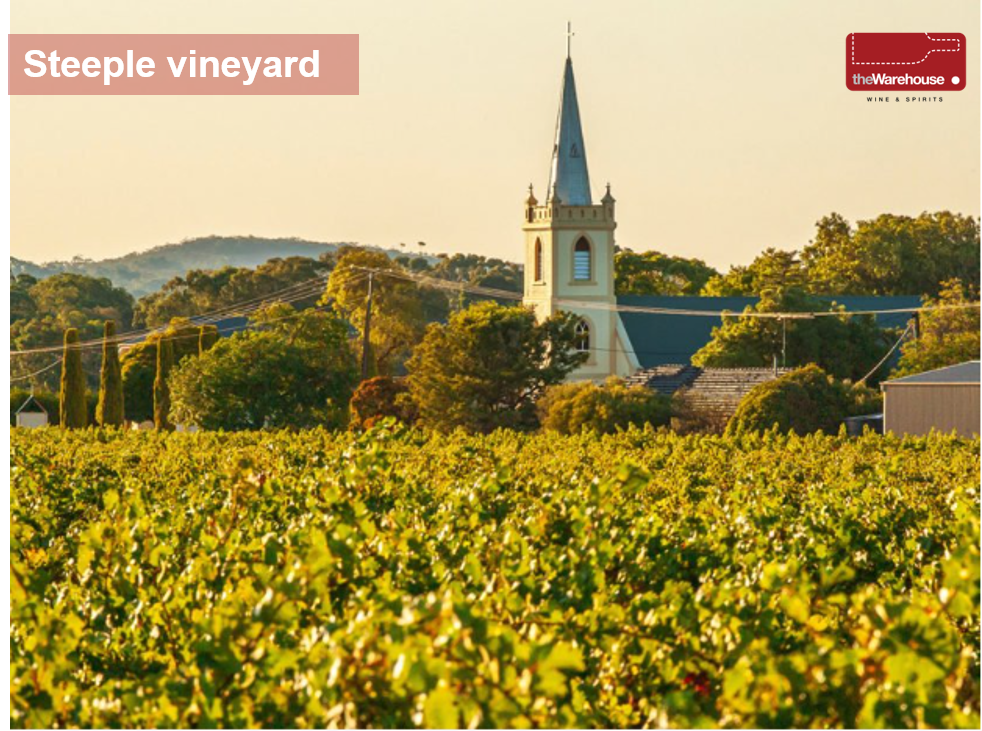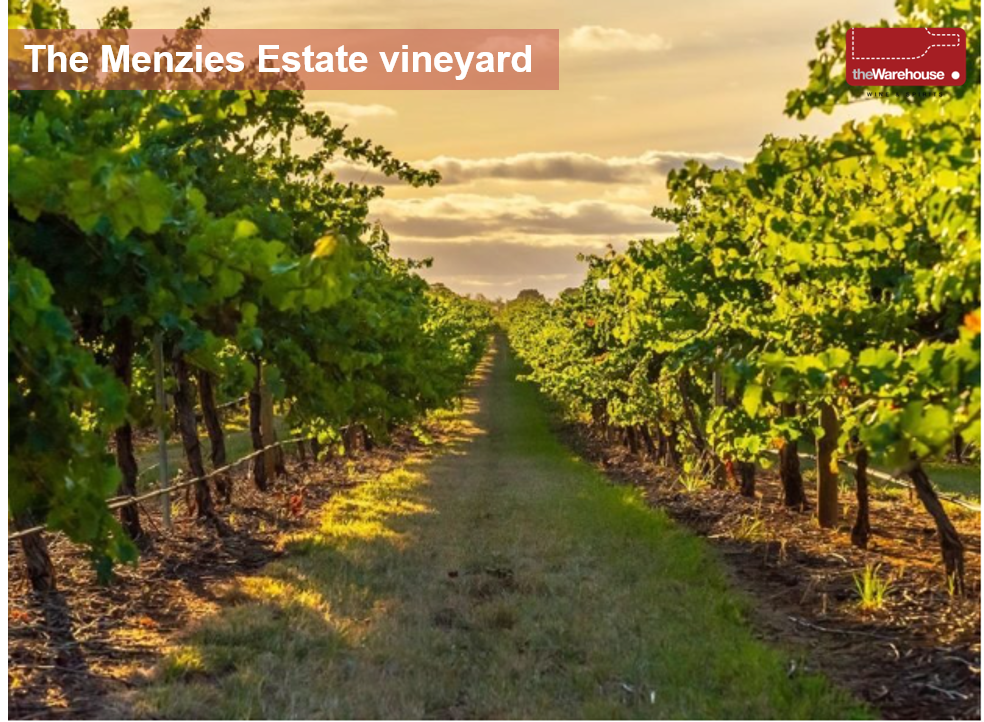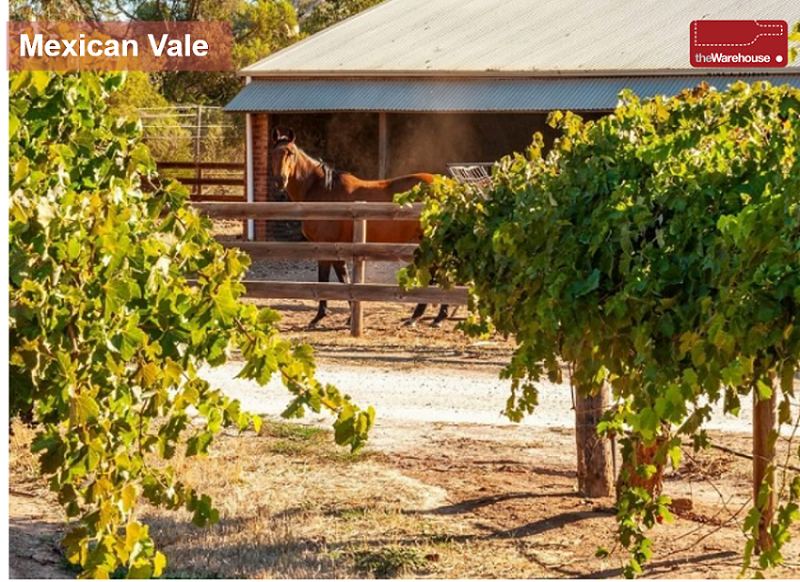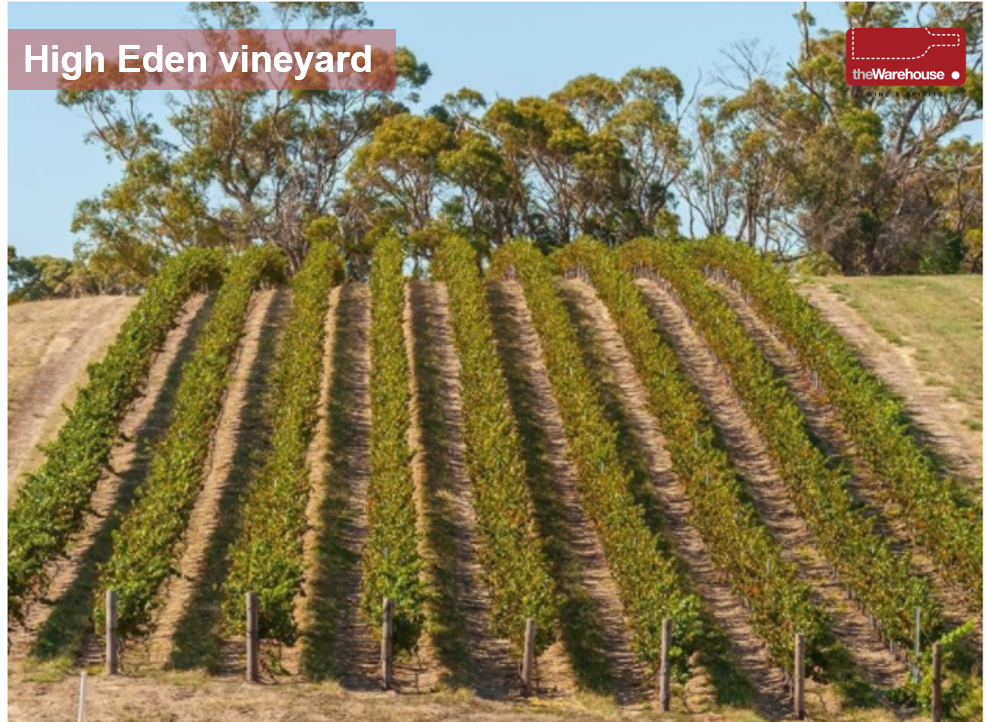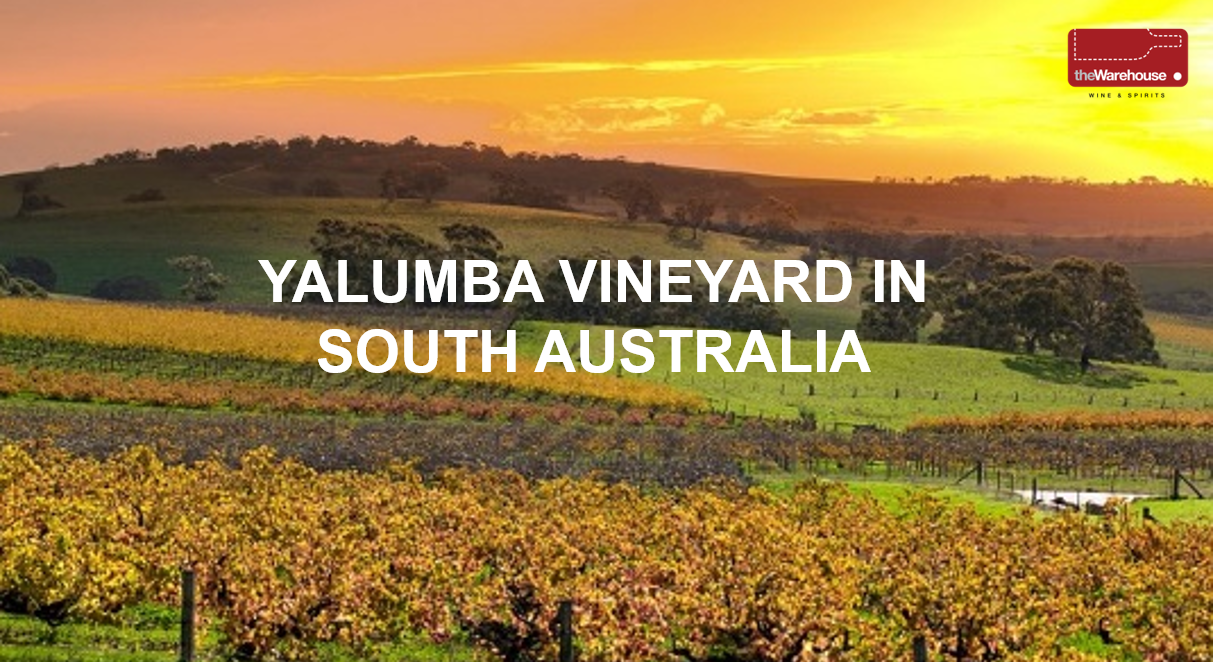
With the idea of “Healthy vines make great wine”, Yalumba ‘s innovative winemaking techniques complement their growing process. They are always looking for ways to better allow the natural environment to express itself through their wines.
Let’s visit Yalumba vineyard in South Australia with the Warehouse to see what makes their wines become famous.
- Barossa Valley
The Barossa is arguably the most famous Australian wine region in the world. The Barossa includes both Barossa Valley and Eden Valley, making it one of the only areas in Australia to have neighbouring warm and cool climate growing conditions. Home to approximately 13,000 hectares of vineyards, the Barossa is most well-known for Shiraz, as well as Grenache, Cabernet Sauvignon, Riesling and Semillon.
The Signature vineyard
In 2015, Yalumba began planting 72,000 vines in the famous Light Pass subregion of the Barossa Valley. Planted here are 16 different Shiraz and five different Cabernet Sauvignon clones, sourced from the Yalumba Nursery – the result of more than 10 years’ work and 170 years of experience. The Signature vineyard is a contemporary site designed to allow for climate change for the next 100 years.
The Tri-Centenary vineyard
The Tri-Centenary vineyard was planted in 1889, and boasts some of the oldest Grenache vines in the world. To define what we mean by ‘old vines’, Yalumbaset up the Old Vine Charter. As a Tri-Centenary vineyard, the life of these vines has spanned more than three centuries.
The age of the vines and the large area of topsoil can result in vines producing larger grapes during the wet winters and springs in the Barossa. Yalumba use minimal irrigation management practices to keep grapes smaller and increase the intensity of flavours.
Steeple vineyard
The high quality Shiraz that the Steeple vineyard produces is a showcase of the unique terroir of Light Pass. Planted adjacent to the Light Pass church ‘Steeple’ in 1919, this vineyard qualifies as an Antique Vine in the Old Vine Charter. During the last 10 years, this vineyard has become both organic and biodynamic certified, offering wines that genuinely reflect the changing vintages. The soil holds water well, allowing us to minimise irrigation and support the vines to reach their natural potential.
2. Coonawarra
Coonawarra’s potential to grow grapes of exceptional quality is a result of a perfect marriage between the famous red terra rossa soil and a porous limestone layer. This is complemented by a long, cool growing season, making the Coonawarra one of the gems in the global red wine crown. Cabernet Sauvignon is by far the most widely planted variety throughout the region, with more than 60 percent of Coonawarra vines bearing this popular red grape.
The Menzies Estate vineyard
The Menzies Estate Vineyard is dedicated to Cabernet Sauvignon, with the exception of small blocks of Merlot and Malbec. Comprised of eight individual vineyards, no two are alike, with varied vine ages, grape vine clones and rootstock. The diverse nature of The Menzies Estate and seasonal influences means each individual vineyard offers unique flavours and textures every year.
The Menzies Cabernet Sauvignon
3. Eden Valley
With cooler temperatures and more rainfall than Barossa Valley, Eden Valley is well known for making high quality Riesling and Shiraz wines. Although both regions are a part of the Barossa, soil in the Eden Valley is rocky and acidic, and the growing season is longer than in the Barossa Valley. The Eden Valley is home to Yalumba’s first Viognier plantings as well as our fine cool climate Shiraz and Cabernet Sauvignon.
Mexican Vale
On the southern side of the Yalumba winery, Mexican Vale enjoys the cooler Eden Valley conditions and beautiful, sweeping views of the Valley and onsite farm. These vines are able to maintain health throughout hot or dry conditions with only minimal irrigation.
Yalumba The Caley Cabernet & Shiraz
High Eden vineyard
The cold and windswept pinnacle of the Eden Valley 535 metres above sea level. The soils here are lean and gravelly. These harsh growing conditions favour low yields, concentrated flavour accumulation and retention of natural acidity which produces Chardonnay of a fresh and zesty style.
Source: Yalumba


